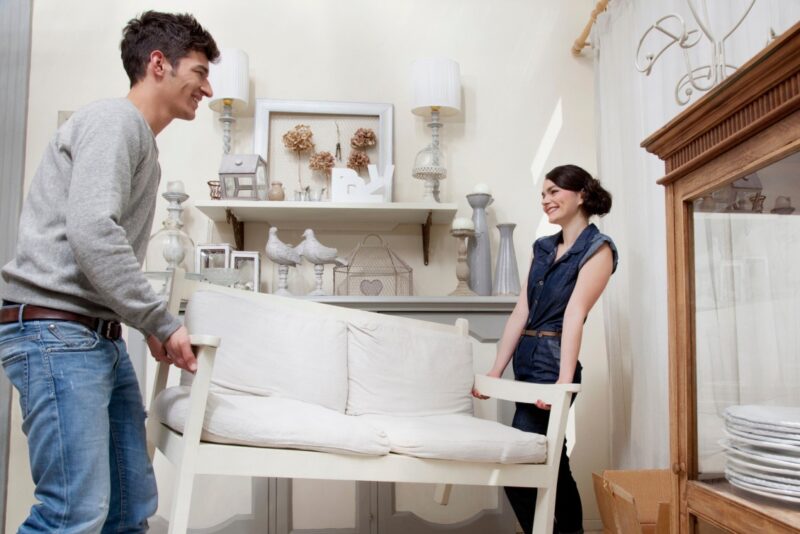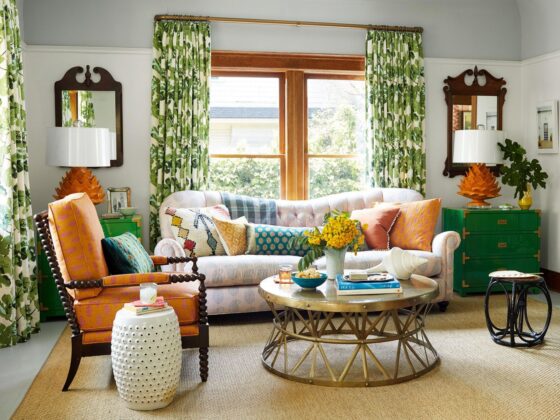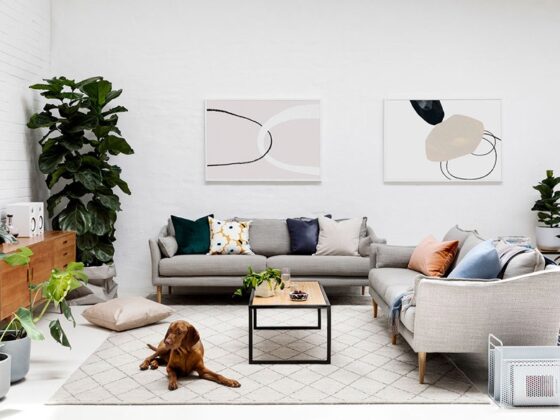Redecorating can feel exciting at the start. New colours, fresh layouts and updated styles often spark plenty of ideas. Still, it doesn’t take long before scattered supplies, mixed-up receipts, and forgotten measurements start to get in the way. Staying on top of these details doesn’t have to be time-consuming, though. A few small changes early on can help keep things running smoothly.
The following steps focus on practical ways to reduce hassle while your home transitions. With a bit of structure, it becomes easier to manage the clutter and stay on track.
Zone Your Space Before You Start
Allocating clear zones for each part of your project helps create physical boundaries that support focus. Choose an area for tools, one for items being painted or restored, and one where you can relax without stepping over boxes.
Use containers, crates, or even large shopping bags to separate items. Group similar materials together: brushes with brushes, sandpaper with other prep tools, and soft furnishings with decorative pieces. This saves you from hunting around later when you’re ready for the next task.
Setting these areas up early avoids crowding the entire room. It’s also easier to clear up gradually rather than tackling everything at once when the project ends.
Set Up a Temporary Command Centre
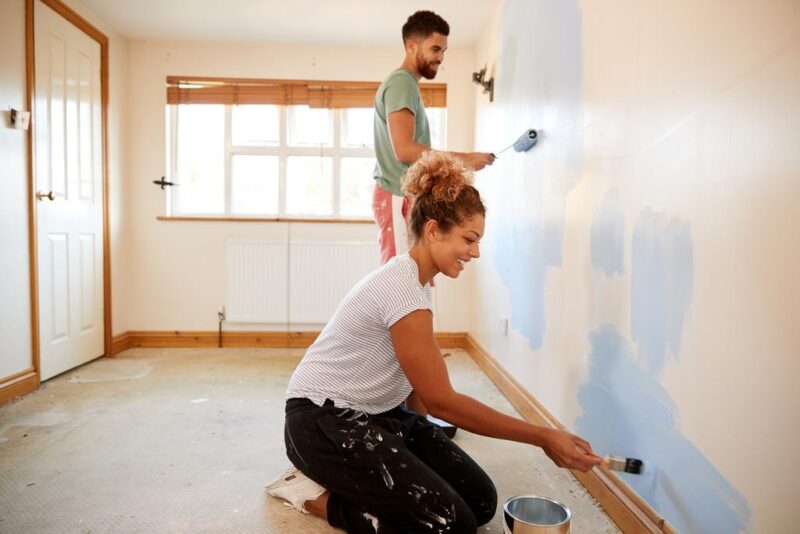
Even small projects create a surprising amount of admin. Paint codes, fabric swatches, furniture quotes, and invoices accumulate quickly. Having one central spot where these things are stored makes life easier.
This doesn’t need to be a full office. A corner of the kitchen counter or a spare side table will do. A basic system using folders or trays can separate your paperwork from everyday clutter. Keep a pen and notebook there, too. Jotting down quick notes as you go saves time later when trying to remember supplier names or delivery dates.
This also gives you a reliable space to leave things between tasks. Swatches and samples stay visible and don’t get lost under piles of shopping or laundry. It’s a small fix that removes a lot of the mental load.
Using this space as your go-to point for decisions also helps others in your home stay up-to-date without having to ask where everything is. It keeps everyone on the same page, especially during multi-room projects.
Use Simple Tools to Keep Track of Redecorating Tasks
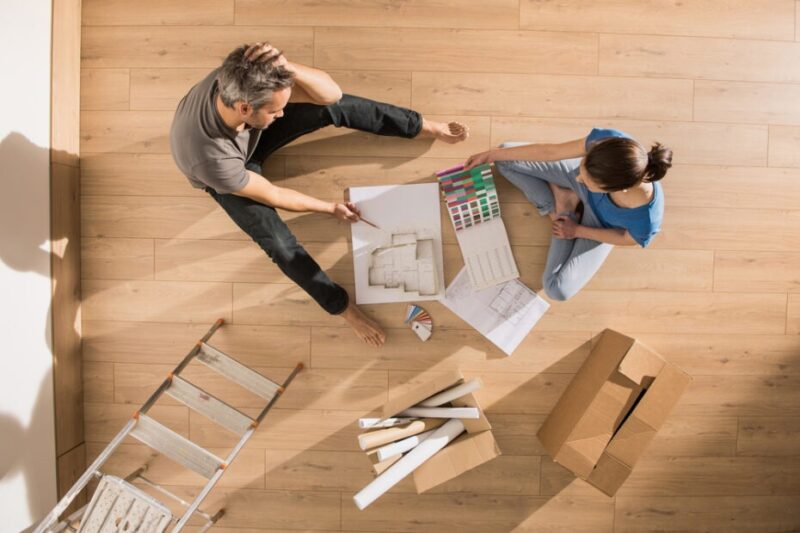
Trying to juggle everything mentally adds stress. A few basic tools go a long way to staying on track. Sticky notes, magnetic whiteboards, or a note-taking app can hold reminders, measurements and colour options.
A lot of redecoration planning includes emailed quotes, documents and reference material. Converting these into a single, reliable format helps reduce clutter. For example, if you’ve got supplier notes in Word format, using a quick tool like the Adobe Word tool makes it easier to save them as PDFs. This way, the layout stays intact, and it’s less likely that anything will shift or disappear if opened on another device.
This is particularly helpful if you’re passing documents to a partner, decorator or delivery team. Everyone receives the same format, which cuts down on misunderstandings.
If digital tools aren’t your style, go low-tech with a binder or a large paper folder. Keeping everything in one place reduces delays and prevents double-checking the same detail over and over again.
Build In Time Buffers Between Stages

Home projects can quickly feel overwhelming if each task rolls straight into the next. Giving yourself breathing space between stages helps maintain energy and clarity. It also reduces the chance of mistakes that come from rushing.
Plan a short break between completing one part and starting the next. For example, after sanding, pause before painting. Use that time to clear up dust, check for missed spots or simply rest. This way, you’re not carrying the fatigue from one task into the next.
Time buffers also create space to reassess plans. If your colour choice looks different once the wall is dry, you have time to swap it out without redoing everything. The same goes for furniture placement or décor decisions. A short delay can often highlight things that don’t work before they become permanent.
When setting a project timeline, add a cushion day. That extra time may not feel necessary initially, but it often proves useful once unexpected delays creep in. Deliveries, weather, or supplier issues are all easier to handle when you’re not running against the clock.
Store by Task, Not Just by Type

It’s tempting to group similar items, all paint tins in one box and all tools in another. But when you’re halfway through painting a skirting board, masking tape, gloves, and a sponge, opening five containers slows everything down.
Try storing items based on their use. Bundle everything you need for painting in one tray or box. Put sanding tools and protective sheets together. Keep picture-hanging supplies in one grab-and-go set.
This approach saves time during the project and keeps your space clearer. You won’t end up spreading materials across multiple rooms trying to find everything. It’s also easier to tidy up at the end of the day when each set of tools has a clear home.
Labelling helps as well. Even a handwritten tag or sticker makes locating the right box at a glance easier. If you’re working over several weekends, this system means you can pick up where you left off without confusion. Simple storage habits like these reduce decision fatigue. You’re no longer wasting energy looking for things and can focus on the actual work.
Keep Your Projects Moving With Less Stress
Redecorating doesn’t need to disrupt your entire routine. A few low-effort habits help you stay organised while the work is happening. Setting up zones, grouping supplies by task, and tracking progress with simple tools all support a smoother experience from start to finish.
Rather than chasing down paperwork or untangling cables, you’ll know exactly where things are. With everything set up in a way that makes sense for your space and schedule, decisions become quicker, and projects run with fewer interruptions.
Small changes can have a big effect. Try out one or two of these ideas on your next project. You might be surprised by how smooth the process feels.
